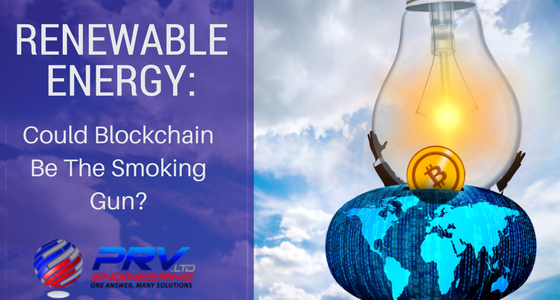Our existing energy market has been in development for over a century and changing it to renewable energy is no easy feat. Among other factors, it requires incredibly large capital investments and thus far, renewable energy has reached 21.6%. It was further explained during the One Planet Summit in December 2017, when U.N. Secretary-General Antonio Guterres said: “Finance is the key to successful climate action.”
Even so, why is the adoption of renewable energy lacking on a global scale? It’s certainly not for a lack of wanting a cleaner life or to improve the world for future generations. Instead, market conditions slowing the development of renewable energy sources are to blame. The most important issue for any renewable energy project is, in fact, capital availability. In this article, we’ve highlighted a few of today’s renewable energy challenges.
Capital Availability and Investments
According to Bloomberg New Energy Finance (BNEF), renewable energy investment in 2016 reached $242 billion US dollars, an overall 23% decrease. Early 2017 showed investments falling 20.9% in Q1 compared to Q1 in 2016 from $64.25 billion to $50.84 billion.
It’s no secret that the market, and governments, are dominated by banks, private equity (PE) and hedge funds. These establishments are keeping everyone from the energy investment market and don’t provide the renewable energy community with proper access to capital or even consider the end-users.
Insufficient Financing for Renewable Energy
The fact of modern day life is that money talks and without it, projects tend to fizzle out or fall through. Financial institutions, or debt providers, are not usually open to projects without a substantial amount of initial equity capital.
Currently, the investment consideration process is very lengthy and can take anywhere from 3 to 6 months. Surprisingly, that’s just to conclude the financing agreement. A large portion of a developer’s time is spent finding and soliciting the right equity investors for each project.
Lack of Proper Government Support
Governments have recently stopped subsidising renewable energy producers which led to an increase of initial capital required for renewable energy projects.
A recent BNEF article highlights capital availability becoming an even more important issue for renewable energy projects as banks increase the demand on higher initial capital or debt ratio from 20:80 to close to 50:50. As a result of the limited availability and increased requirements, equity is a very expensive source of financing. Changing debt structure has had a significant impact on the available debt capital and total investment in the market.
Limited Renewable Energy Investment Options to the General Public
Another major contributing factor is the participation of individuals in renewable energy projects. High net worth individuals (HNWI) make up the majority of investors in infrastructure projects like renewable energy production through private equity funds.
The general public faces challenging barriers when entering the green energy market to invest.
- High minimum investment amounts often as much as $150,000 USD
- Typical funds have long lock-up periods of 7–10 years
- Inexperienced fund managers, poor reputation and trust within their team
Before we can realise a 100% clean, renewable energy future, capital flow into the green energy sector needs to drastically increase.
Lack of Proper Infrastructure For Total Renewable Energy
Even if we resolve the financing challenges, we still lack the proper infrastructure for adopting renewable energy. At the moment, current electricity grids cannot effectively support distributed green energy resources such as wind and solar. They are engineered for central dirty energy plants with stable generation profiles. There is no flexibility and upgrading the grid is paramount if we were to replace current energy with renewables.
For a successful transition, we have to take into account peaks and valleys in renewable energy production along with potential grid overloads. The current grid supports peak generation and consumption, not dynamic green energy such as solar, wind, hydroelectric energy homes, offices and electric vehicles.
Our sustainable, clean energy future requires further investment in energy storage, such as batteries. We need to educate everyone and make them understand that selling excess power back to the grid is hugely beneficial on a global scale. Historically, electricity has been a one-way street but renewable energy is changing that. Consumers and businesses will be users and producers leading to more sustainable living. Can you imagine a world where everyone lives off the grid and still gives energy back?
Could The Blockchain Solve Our Energy Sector Problems?
Cryptocurrencies like Bitcoin and Ethereum have recently been making headlines and could very well be the solution. One of the major reasons they’ve been well-adopted is their global reach and accessibility to regular consumers (unlike the investments we mentioned earlier).
Blockchain powers these coins, among others, and offers a few core benefits. One of which is reducing the number of middlemen which results in increased access to capital. This provides consumers with a new way to invest in clean energy projects around the world. Cryptocurrencies offer an exciting way to increase the amount of available capital for future renewable energy projects.
Get in touch if you need assistance with your engineering projects as we specialise in a number of industries including automotive, rail, construction, oil and energy, aerospace and defence.


Recent Comments